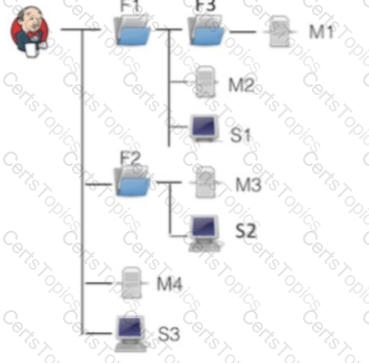When the ‘’Allow automatic upgrades of plugins on restart" option is enabled, what will Beekeeper Upgrade Assistant try to do on every restart?
You are upgrading d Cloud Bees Core 2.x instance to a newer version (2.y). Beekeeper is DISABLED. Which statements are TRUE? Choose 2 answers
You are using the Jenkins CLI to communicate with a remote Jenkins master. Which are valid ways to authenticate your identity to gain access?
Choose 2 answers
The main purpose of the Beekeeper Upgrade Assistant is to_________.
Which are valid command-line options for the Java command that runs Jenkins as a stand alone application? Choose 3 answers
Which are supported I dilute Modes in the Cluster Operations Job type?
Choose 3 answers
Which statements about a Distributed Version Control System are correct?Choose 2 answers
Fingerprinting artifacts is the process of:
Which enables you to use artifacts from a completed build In the workspace of the currently running build?
Which of the following "agent" directives are not valid in Declarative Pipeline?

You have an Operations Center architecture as pictured in the exhibit above, where there are:
• Three folders: F1, F2, and F3
• Three shared agents: SI, S2, and S3
• Four client masters: Ml, M2, M3, and M4
Which statements are true?
Choose 2 answers
How can you configure a Declarative Pipeline to record the fingerprint of an artifact?
Which of the following practices are recommended for a Declarative Pipeline? Choose 3 answers